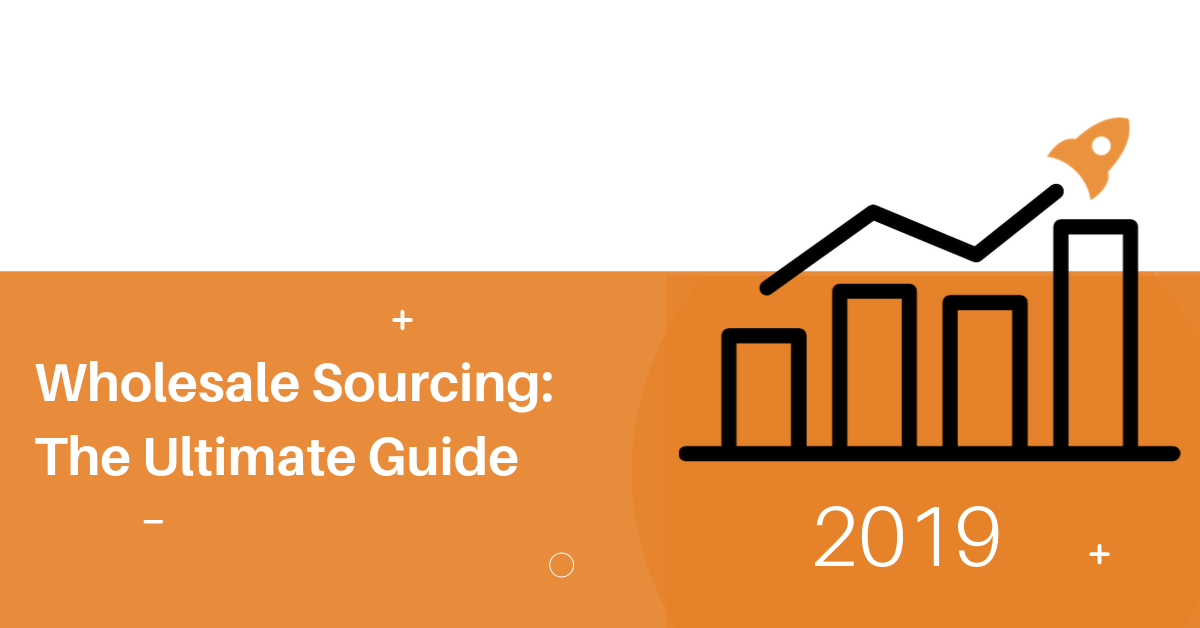
This is the most complete guide to wholesale sourcing for Amazon on the internet.
The best part?
These are strategies that are working GREAT right now.
So if you want to learn the simplest method for continuously finding profitable wholesale products in 2018, you’ll love this guide.
Let’s dive in…
• Why You Should Add Selling Wholesale on Amazon To Your Business
• The 5 Major Mistakes To Avoid When Starting
• The Main Methods For Sourcing Profitable Wholesale Products
• Bonus Video: Reverse Sourcing Step by Step Guide
It’s actually really simple to acquire new wholesale suppliers. Simple, but not easy as it will take a large amount of your time when getting started.
Although there’s a small learning curve to selling wholesale on Amazon, it typically doesn’t last longer than a few weeks – a month at the longest.
Why You Should Add Wholesale Sourcing To Your Amazon Business
Scaling an FBA business isn’t easy to begin with. Most of us start with Retail Arbitrage or Online Arbitrage but realize it’s super hard to scale after just a month.
That’s where either Wholesale or Private Label comes into our field of view.
Adding wholesale inventory to your business means consistent and repeatable profits month after month. As an example, adding just one wholesale product can easily provide $500 a month in monthly cash flow.
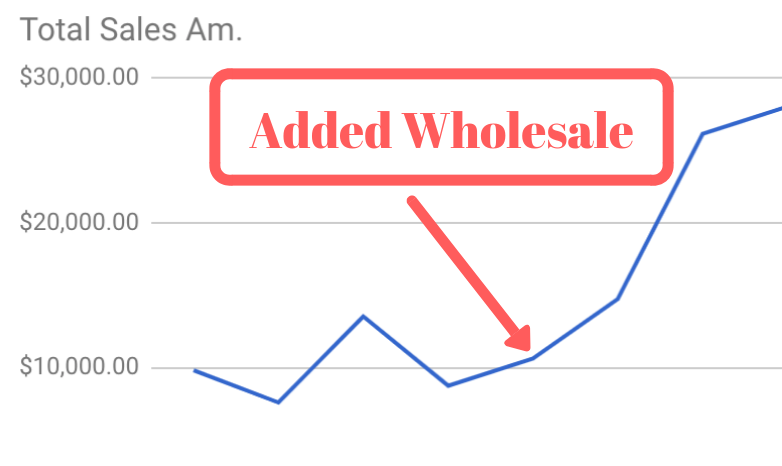
My sales climbed much higher when I started focusing heavily on adding wholesale products to my inventory each month.
Imagine having 10 wholesale products bringing an average of $1,000 each monthly…
The average ROI we see on wholesale products is anywhere from 15% to 80%+ depending on the quality of the inventory.
As an example, Retail/Online Arbitrage is a bit lower on average and Private Label is much higher. That’s why Wholesale is the best of both worlds.
You get the most ROI with the least amount of risk.
The 5 Major Mistakes To Avoid When Starting
There are a few common mistakes that many new wholesale sellers find themselves making.
Don’t worry, most of these are super simple to fix!
1. Placing too large of an initial order
When you find a profitable product you can sell 500 units of each month, you tend to get excited. What you might not realize are a few red flags you can’t see until you place that first order.
We always suggest placing a test order – between 24 and 50 units.
Better for something to go back on 50 units than 500 right?
After you start selling through that test order and everything is good, then you can place a much larger order.
2. Not factoring in every little cost
Not the sexiest of topics but hear me out on this one because it’s important.
Your total costs are not just what you paid for the product and shipping – read that three more times.
For example, sometimes shipping is included in the cost of the product. Other times it isn’t and can turn a profitable product into an unprofitable one fast.
Another example is not considering the cost to “prep” your inventory and costs can vary depending on if you use a Prep Center or have your own small warehouse. Either way, that’s another cost you need to consider heavily.
3. Focusing too heavily on seasonal products
Sure, seasonal products are easier to get an make great money during their season, but what about after that season?
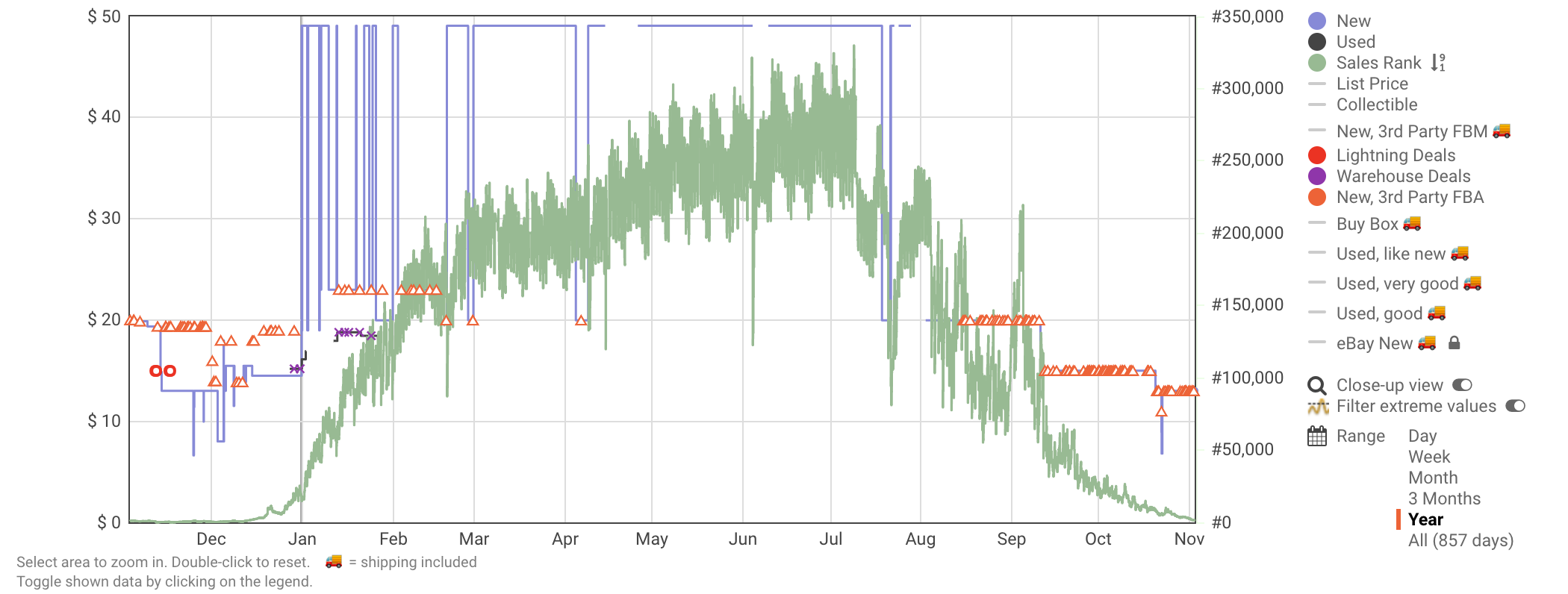
Great during Christmas but what about the rest of the year?
To really sustain a growing wholesale FBA business you need to add products that will produce month after month, regardless of the season.
These year-round products are a game changer. They’re harder to get but well worth the effort!
4. Buying “supplier lists”
They’re incredibly enticing to every new seller. We’ve all been there, trust me.
But do they ever really add up to anything substantial? Time after time they don’t.
I wish that wasn’t the case but there is no cheat sheet or shortcut to finding great wholesale suppliers.
5. Treating buying inventory like an e-commerce transaction
We’re so used to being customers that we have to unlearn those behaviors when it comes to building our businesses.
Rather than treating your wholesale inventory purchase the same as you would buying something on Amazon yourself, treat it as Deal Making.
You’re actually trying to find the sweet spot between you and your suppliers for you both to make more money together than if you weren’t together.
This means you should be negotiating but in a smart way.
The Main Methods For Sourcing Profitable Wholesale Products
Let’s get down to the nitty-gritty details of finding profitable inventory. There are only a few major methods that are worth your time each week.
Here are the 4 major sourcing strategies:
1. Trade Shows
There are two ways to go about sourcing at trade shows – either in person or remotely (“trade show no show”).
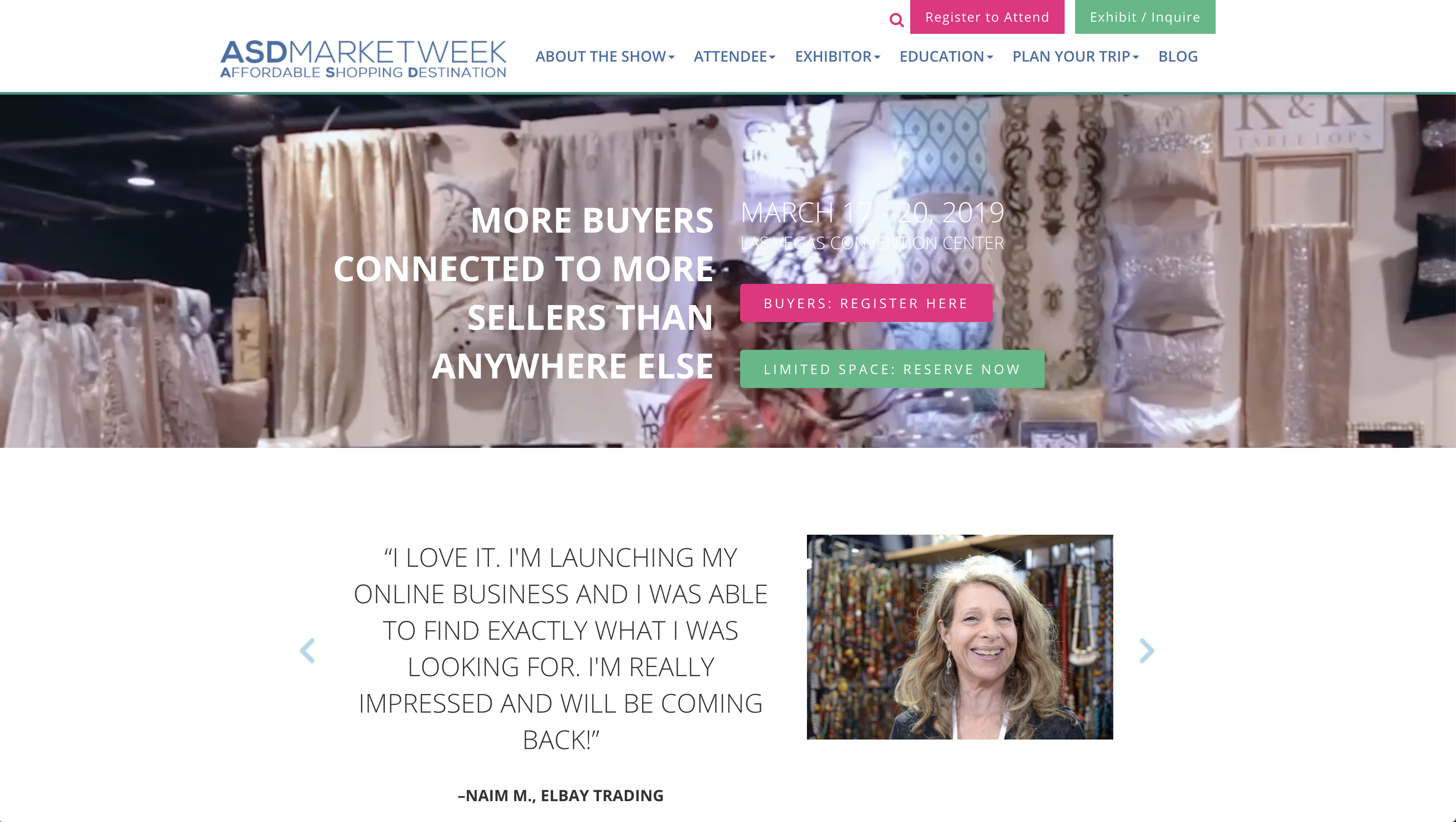
ASD is one of the most popular trade shows for wholesale Amazon sellers.
I prefer the remote method as it allows me to get more done in a short period of time working in my PJs sitting at home. Basically, you register for the shows, which gives you access to every vendor attending. Instead of meeting them in person, you start making phone calls and applying for wholesale accounts.
The method in person isn’t much different. I’m pretty sure you can’t wear PJs to trade shows though…..
2. Reverse Sourcing
Seemingly the most effective sourcing strategy we’ve found for finding profitable wholesale inventory week after week.
Rather than starting your search by finding suppliers, you start by finding great products first. After you’ve found a product that meets your initial sourcing criteria, you reach out to the brand for a direct account.
Going directly to the brand is how you can the most profitable pricing.
As an example of how successful this strategy is, 98%+ of our current users claim they source wholesale products using this strategy.
3. Leaf Sourcing
Think of branches on a tree. If you start at one, you can trace a path to many others.
That’s what Leaf Sourcing is – Using a great product you found using the Reverse Sourcing strategy to find 3-5 more great products without doing much work.
Reverse Sourcing + Leaf Sourcing = Insane wholesale growth!
Bonus Video: Reverse Sourcing Step by Step Guide
You would naturally think of Googling “wholesale supplier”, but this leads to a large increase in work on your part and a decrease in finding profitable products. Even worse, they may not even be on Amazon at all.
Here’s a video of me actually using this sourcing strategy
Step 1: Adding Filters To Amazon Listings
Instead, we begin our research on Amazon instead of attempting to bring new products to Amazon. Let’s start with a product category: Home and Kitchen perhaps.
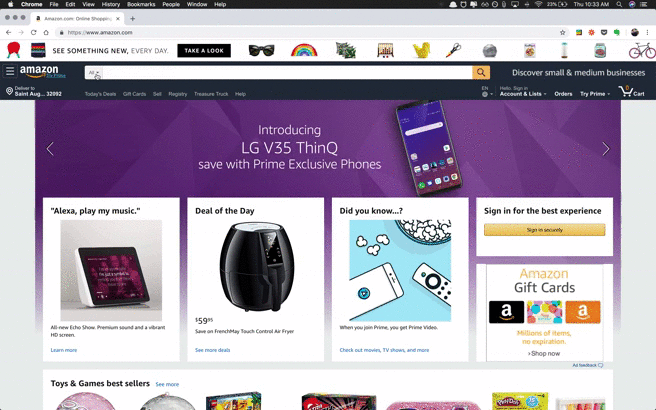
From here, we will go deeper into the sub-categories until we can go no further. This limits our research from millions of products, to hundreds which help us better narrow down our research to a group of very similar products.
With a small number of products, we will next need to quickly scan them to decide which products are worth looking further into. For myself, I immediately skip products meeting the following criteria:
1. Amazon currently sells the product
2. There are at least 3 FBA sellers (this keeps you from wasting time on Private Label products)
3. Has a maximum of 50,000 BSR ranking, although this will greatly depend on the category.
4. Buy Box price must be greater than $20.00
5. Minimum of 4.5 feedback
If a product passes the previous criteria, then I will look closer. Once a product catches my eye, I “zoom in”.
Step 2: Dive deeper into a specific product
Next I want to look at the exact product page to better understand the sales data using the Keepa Chrome Extension. This better helps me see how stable the product is.
Again, we want products that will sell and be profitable month after month. In essence, we want the replenishable inventory to build our business upon.
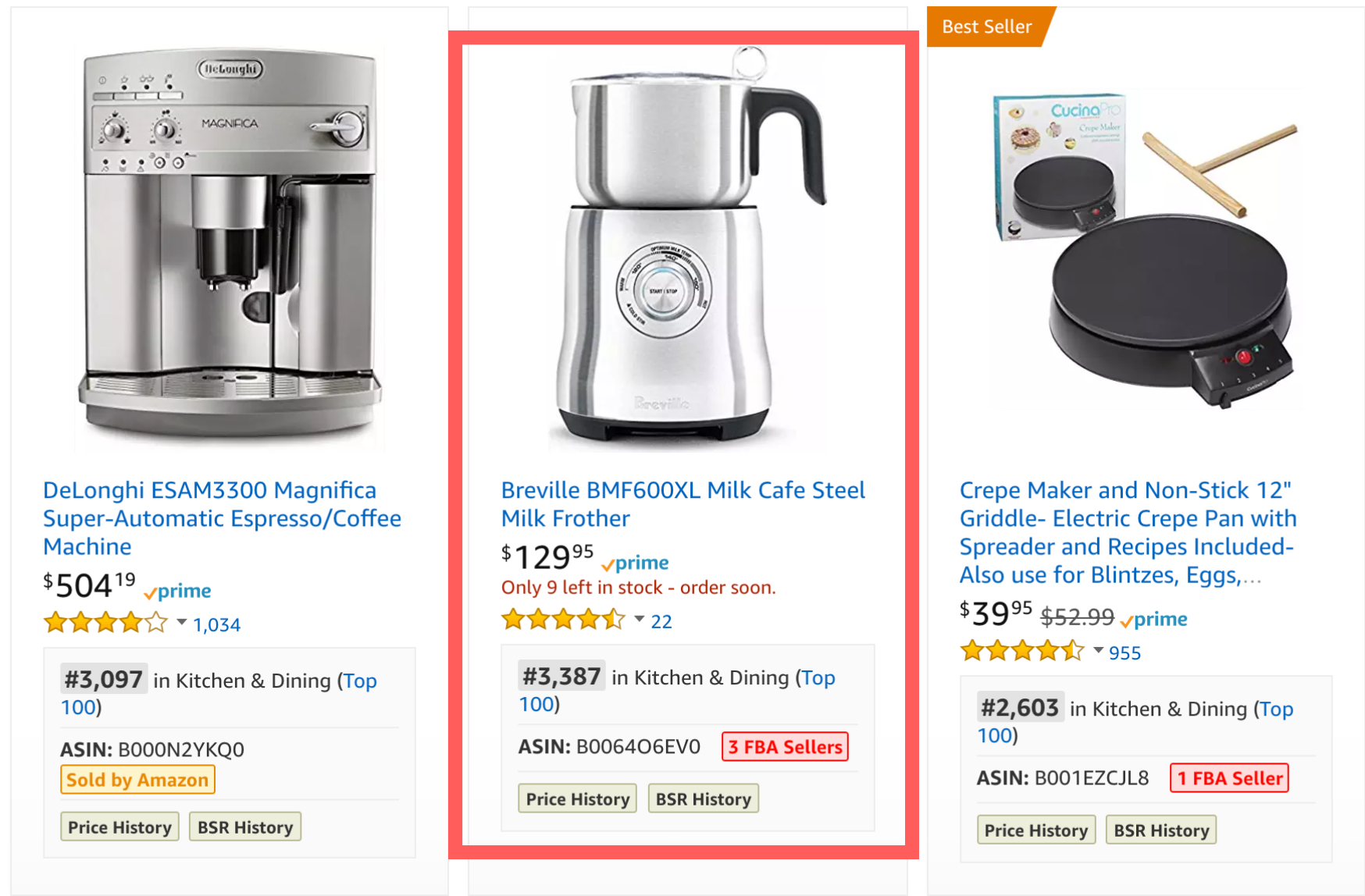
Here’s an example of a product that meets our initial sourcing criteria
Once a product has piqued my interest, proven to be stable over the past year or more, I simply reach out to the brand/company/supplier.

Here’s the Keepa chart from the above product
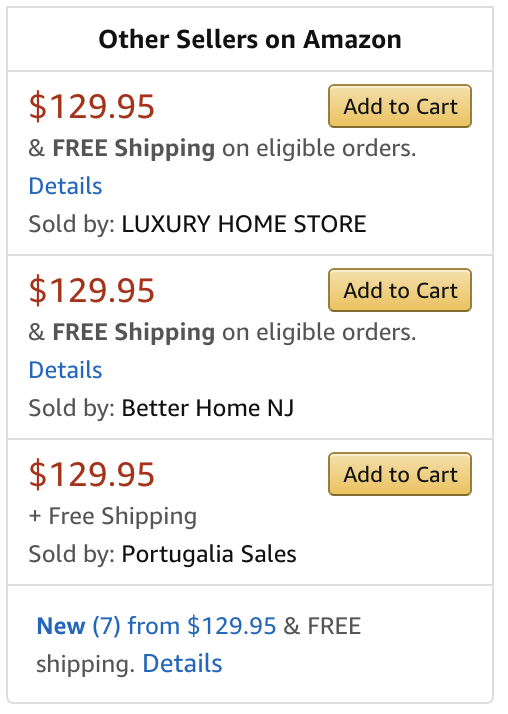
And here’s a short list of the current competition – most likely following MAP (Minimum Advertising Price)
Step 3: Find the brand online and open a wholesale account
Because this product meets our initial criteria, I want to open a wholesale account and see how profitable it actually is.
Now, we aren’t actually looking for “wholesale suppliers”, but to have a wholesale account with the actual brand. I.e. If I want to sell Nike, I would reach out to Nike directly for a wholesale account.
This is the essence of sourcing for wholesale accounts/products. Do this each and every day and you will watch how quickly your business will grow. This very simple strategy helps me go from a very novice Amazon seller to a six-figure seller within months. Nothing more, nothing less.
Simple, but not easy…
Tools To Speed Up The Process
Of course, once you’ve become effective at sourcing, you may feel inclined to become effective with your sourcing efforts.
To accomplish this, we’ll need to use one of my favorite Amazon tools: the Jungle Scout Chrome Extension.
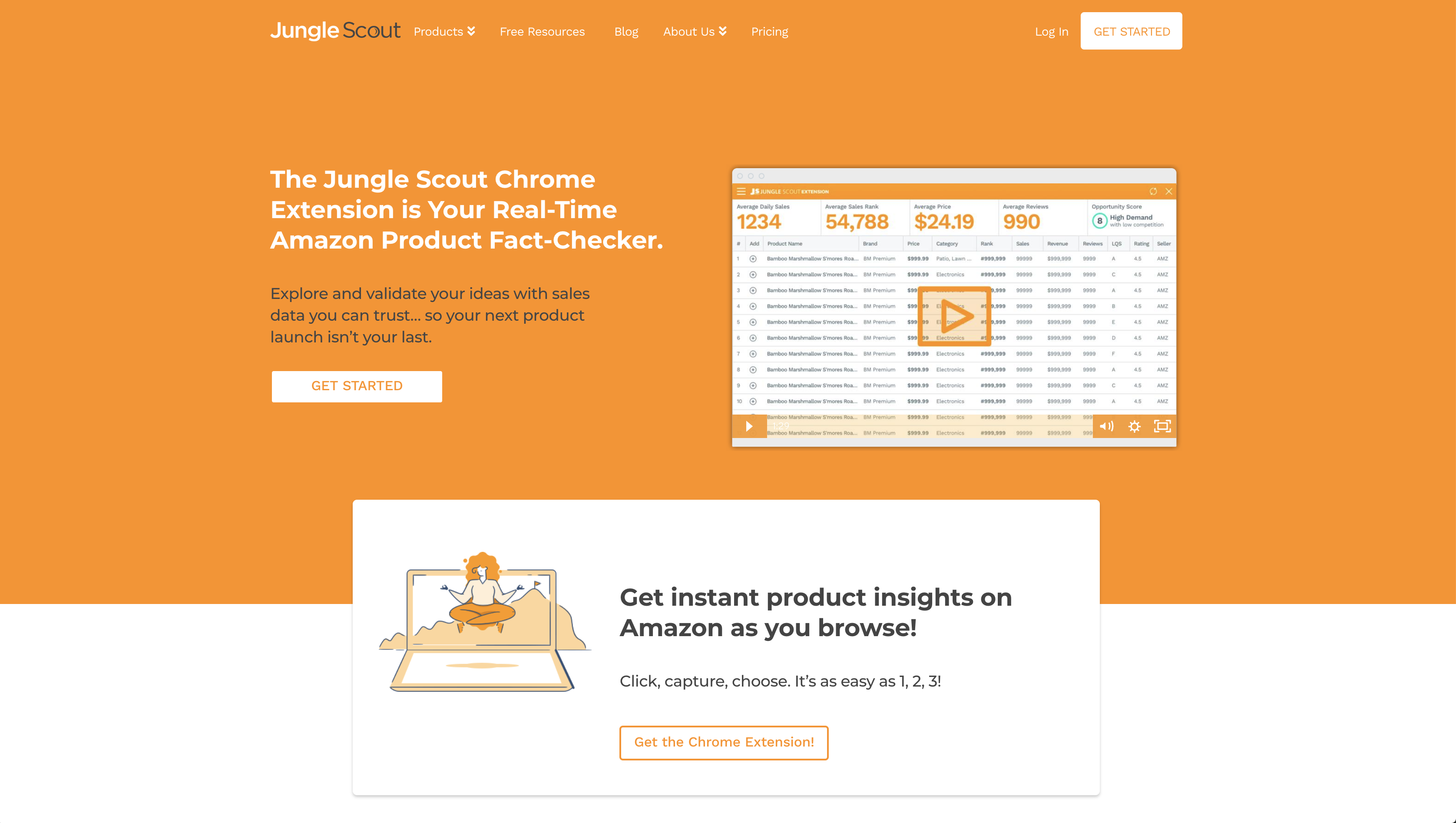
This wonderful little tool allows us to extract the data without doing the legwork.
You’ll still go into any sub-category you want but instead of “manually” scanning products the chrome extension will do the scanning for you. Then you can use the filtering feature on the extension to better drill down the products you look at.
You only want to spend time looking at products that meet your criteria and discard anything else. This tool helps you go from effective to effective and efficient very quickly.
Here is my challenge to you: Use this simple strategy to acquire your first handful of wholesale suppliers.
Focus on being effective before being efficient. Ultimately you should be reaching out to a minimum of 10 new wholesale suppliers each and every day. Do this and you’ll quickly find yourself surrounded with profitable wholesale inventory that you can purchase month after month. Just as important is learning how to get wholesale suppliers to approve you.
If you’re having trouble finding new Amazon wholesale suppliers using this method and want more personal help, join our private Facebook group.






About The Author: Dillon Carter
Hi, with James, we're building Amazon tools that we wish we had when starting our own companies. We love tech, coffee, building systems and all things Amazon.
More posts by Dillon Carter